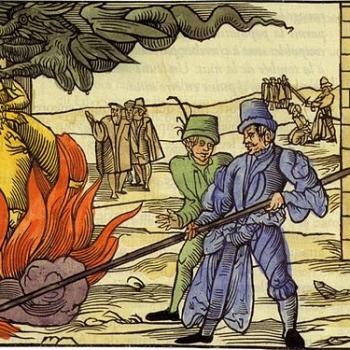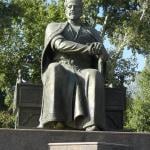The more I delve into Old Testament scholarship (an occupational hazard since I teach OT as well as NT here at Northeastern), the more I realize – Christians simply don’t know what is in the Old Testament. We don’t bother to study it, let alone look at it closely. I was sufficiently convicted of this (in a good way!) by the recent IVP book by Aaron Chalmers, Exploring the Religion of Ancient Israel: Prophet, Priest, Sage & People (2012).
This is a short textbook that looks at several major leadership roles in the OT along with the worship and habits of everyday Israelites. For each role, he asks the questions: Who could become an X? What kind of training did they undergo (if any)? What did they do? Time and time again, I found myself surprised at the many assumptions I used to make that were “busted” in this book. Take the example of priests – Chalmers points out that we tend to think they dealt primarily with sacrifice and matters of purity. True, but they also had much involvement in “teaching the law” and “divination” (see 25). Chalmers also explains that, though “the Temple” was the hub of religious activity, “priests would have been spread throughout Israel and Judah ministering in various sanctuaries that dotted the nation” (32).
What about prophets? I am used to thinking of the desert wanderers who were isolated and itinerant. Chalmers gives this clarification: “there is much evidence to suggest that the majority of Israel’s prophets would have been located either in one of Israel’s sanctuaries or at the royal court. In other words, they were to be found at the heart of Israel’s society rather than on its periphery” (43). Here’s another myth-buster: “it appears that Israel’s writing prophets generally came from the higher end of the socio-economic spectrum” (48). Of course he gives Scriptural evidence for these clarifications.
Not much for me to gripe about regarding this book. I found it exceptionally insightful and very accessible – it even has pictures! If I had one complaint, it is the failure to give more attention and interest to the high priest.
Nevertheless, this book is an easy and enjoyable read. I recommend it.















